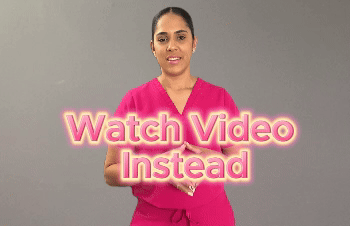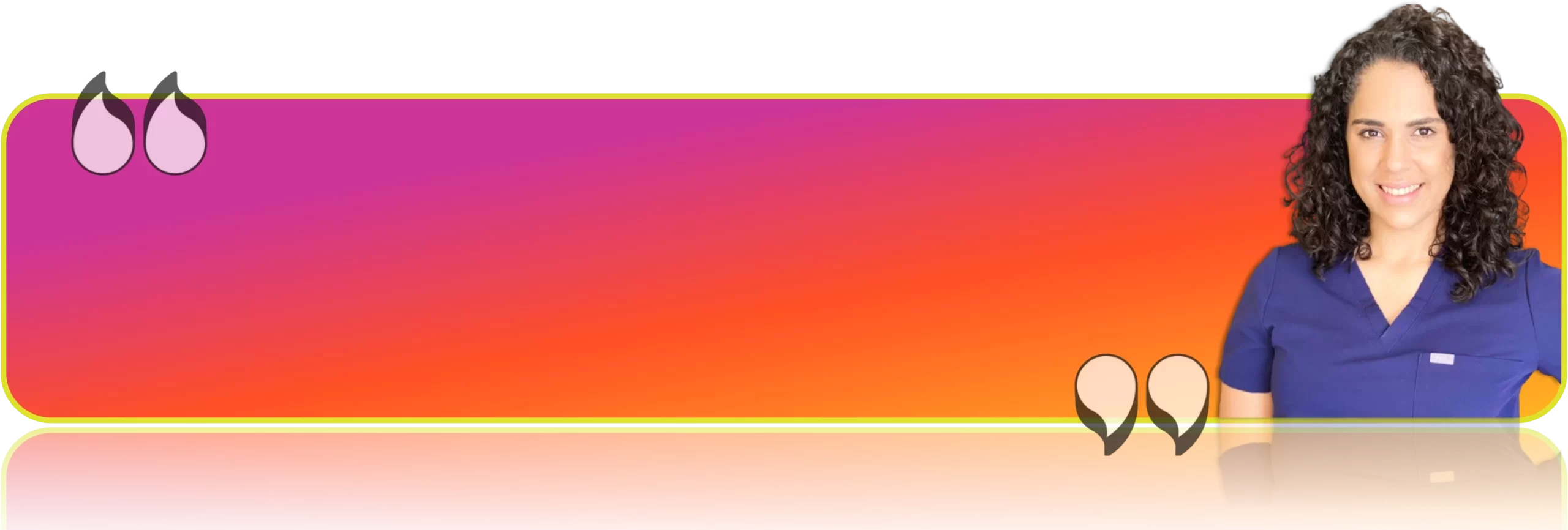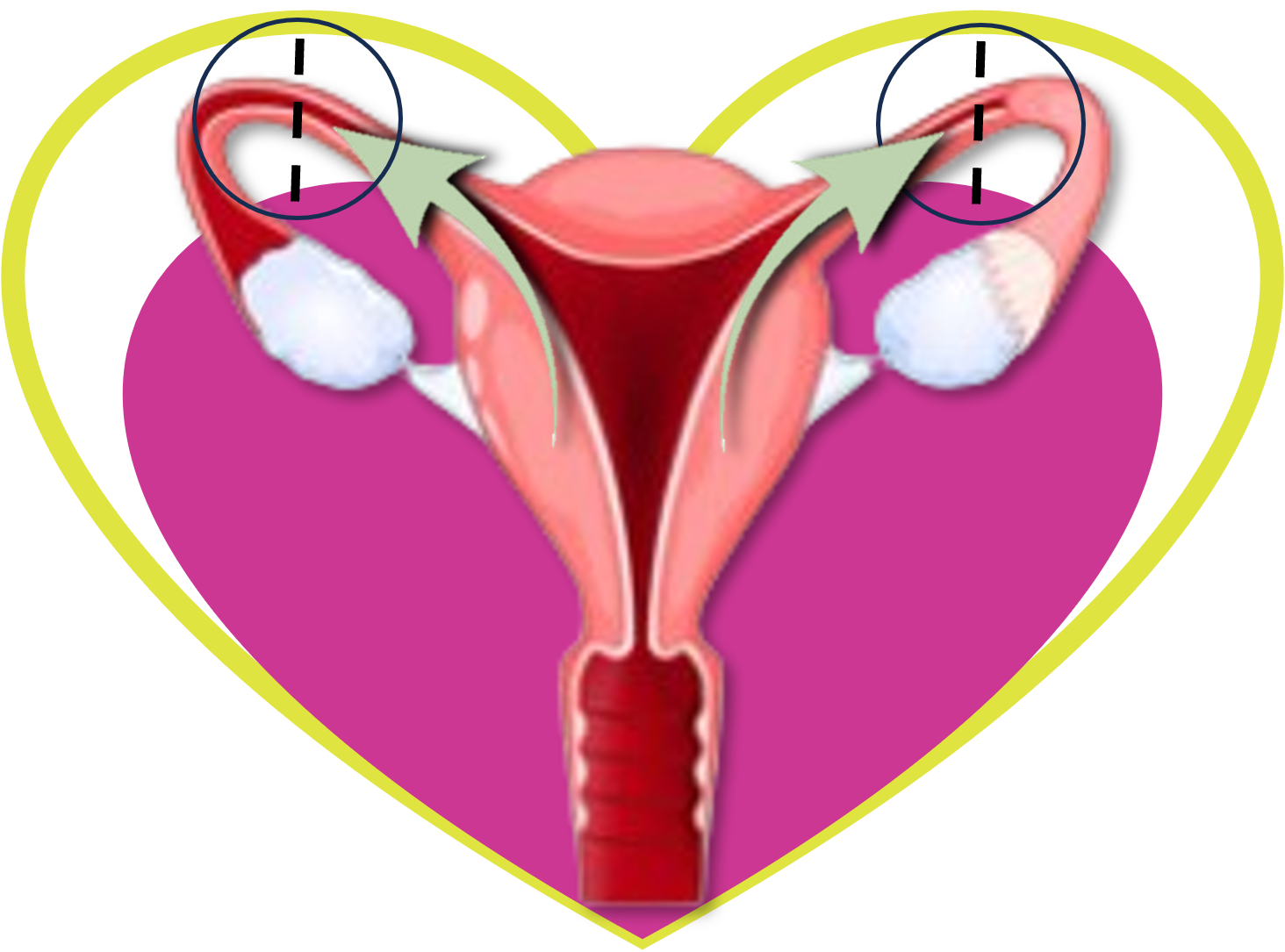Are you anxious about the idea of making a permanent decision? Worried about recovery time and long-term effects? Let’s ease these concerns by discussing all things Tubal Ligation. Plus, be sure to check out questions submitted by readers just like you in our People Also Asked section below! Let’s get started.

Key Takeaways
- Tubal ligation offers over 99% effectiveness in preventing pregnancy.
- There are different types: laparoscopic, laparotomy, and mini-laparotomy.
- Recovery varies by procedure type, with laparoscopic being the quickest.
- Long-term risks are rare but could include ectopic pregnancy.
- Tubal ligation doesn’t protect against sexually transmitted infections.
What is a Tubal Ligation?
Tubal ligation, also known as “tying the tubes,” is a surgical method used to block woman’s fallopian tubes, effectively ending the possibility of pregnancy. By preventing eggs from traveling from the ovaries to the uterus, it offers a highly reliable form of long-term contraception. With a success rate of over 99% in preventing pregnancies, it is among the most reliable options for contraception.
What are the Different Types of Tubal Ligation?
Laparoscopic Tubal Ligation
This technique involves making small incisions in the abdomen to insert a laparoscope, which is a thin tube equipped with a camera. This allows for the procedure to be performed with minimal physical trauma. Benefits of this method include faster recovery and reduced risk of complications. Women who undergo this procedure typically experience minor discomfort and can resume light activities in a matter of days.
Laparotomy
In contrast to the laparoscopic approach, laparotomy involves a larger incision and is often done during Cesarean sections or when less invasive procedures aren’t feasible. Because of the more invasive nature, recovery requires a longer hospital stay and takes more time.
Mini-laparotomy Tubal Ligation
This method combines elements from other techniques, using smaller incisions than laparotomy and not requiring advanced technical tools. It’s frequently performed shortly after childbirth, which is convenient for new mothers already under anesthesia.
What to Expect During Recovery from Tubal Ligation?
Laparoscopic Tubal Ligation
Most women can leave the hospital the day of the surgery and are back to their normal routines within a week.
Laparotomy and Mini-laparotomy
With these methods, an overnight stay in the hospital may be needed. Full recovery can take several weeks, especially if childbirth is part of the equation.
After the surgery, you can expect some discomfort at the incision sites, along with abdominal pain and general fatigue. These symptoms can often be managed with standard over-the-counter pain relievers, unless directed otherwise by your healthcare provider.

How Does Tubal Ligation Impact Daily Routines and Work?
Returning to Work
Women who have laparoscopic procedures usually find themselves fit to return to work in about a week, provided their roles don’t involve substantial physical effort. Those who undergo laparotomy or mini-laparotomy generally need around 2-4 weeks before they can go back to their regular work activities.
Activity Restrictions
During the recovery period, staying away from heavy lifting and vigorous activities is crucial. This precaution should be followed until you receive a green light from your doctor. Resuming exercise and sexual activities should also wait until your healthcare provider advises it’s safe.
Are There Any Long-Term Risks or Mental Health Concerns?
Long-Term Side Effects
Though uncommon, some potential long-term side effects include persistent abdominal or pelvic pain, and in rare cases, damage to nearby organs. There’s a very slim chance of experiencing an ectopic pregnancy, less than one occurrence in 1,000 cases. Notably, tubal ligation doesn’t affect hormonal balance or monthly menstrual cycles, offering peace of mind.
Mental and Emotional Considerations
While many find relief in the decision, it’s important to consider the permanence of the surgery. Feeling completely comfortable with your choice is essential. Pre-surgery consultations play a significant role in ensuring your decision aligns with future reproductive goals.
Possibility of Tubal Ligation Reversal and Alternatives
Reversal Procedures
Reversing tubal ligation is an option but involves considerable surgery. The success of a reversal depends on factors such as the method originally used, the time since the ligation, and the condition of fallopian tubes. It’s worth mentioning that risks like ectopic pregnancies exist, often requiring additional medical attention.
STD Protection
Tubal ligation doesn’t protect against sexually transmitted infections. Therefore, continued use of condoms or other protective measures remains important.
People Also Asked...
Still have questions?
Don't worry, you are not alone. Remember that we are here to help and support you. Your well-being is important to us, and we're committed to assisting you through any challenges you may be facing. Besides, having questions is a good and healthy thing! Check out our additional resources below:
- Prefer reading? Here's an article from ACOG (American College of Obstetricians and Gynecologists) on the matter.
- Rather watch or listen? Here's a video of Nelly, one of our esteemed providers, discussing the topic.
- For general questions? Reach us via any contact methods listed at the bottom of this page (live chat, email, text messages, or call).
- For specific medical questions or advice, it's always best to schedule an appointment.
 TLC’s Video Library
TLC’s Video Library
Enjoy countless hours of expert insights, wellness tips, with a dose of inspiration and humor. Your path to a healthier, happier you starts now!
